'The Best Quick Tip In Golf Is To Focus On Your Rhythm And Balance'... Re-Discover Yours In Three Simple Steps
Developing consistent rhythm is crucial to a good golf swing. Golf Monthly Top 50 Coach Gary Alliss reveals his three easy steps to improve your tempo...

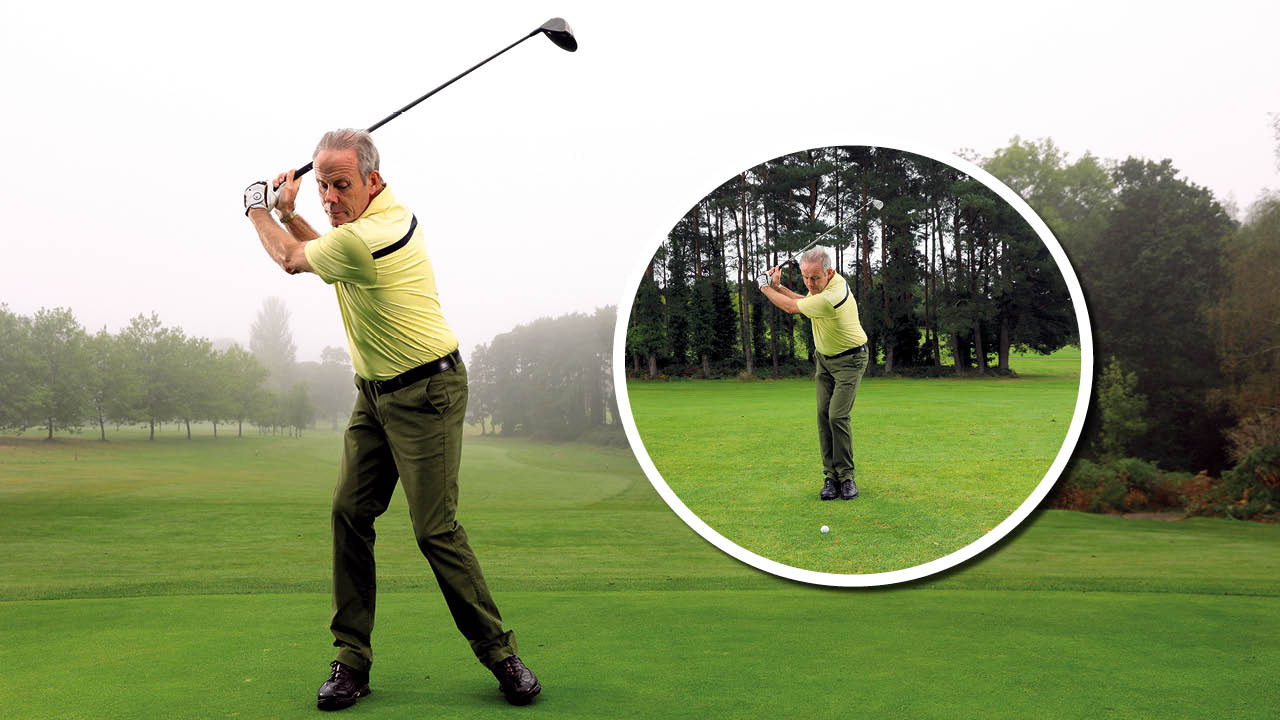
Legend of the game, Hale Irwin, once said "The best quick tip in golf is to focus on your rhythm and balance", something which the 20-time PGA Tour winner and former US Open Champion used to great effect.
In this article, Golf Monthly Top 50 Coach Gary Alliss shares some simple steps to help you re-discover your rhythm and get you in the groove, while Golf Monthly Top 50 Coach Katie Dawkins shares some helpful bonus tips in the video below...
Step 1: The Fundamentals
There are one or two fundamentals that you can work on that will help to encourage a more rhythmical swing. The key positions are the top of the backswing and the transition.

At the top, note how my lead shoulder is over my trail leg. I have allowed my hips to turn about 45 degrees, my weight has shifted from about 50/50 at set-up to approximately three-quarters on the back foot, and I have pivoted around the top of the inside of my right leg.
With the transition, I often say it’s a case of letting the hips ‘settle’ back into position. It’s the hips that start this smooth transition, allowing the arms to sweep down into the back of the ball.
Step 2: The Backswing
With club golfers, mistakes often occur on the backswing. Knowing that they have to shift their weight, some amateurs sway off to the side. Others cling to the idea that they should keep their head still; they make a swing where their head doesn’t move at all, and they just lift the club up into the air.
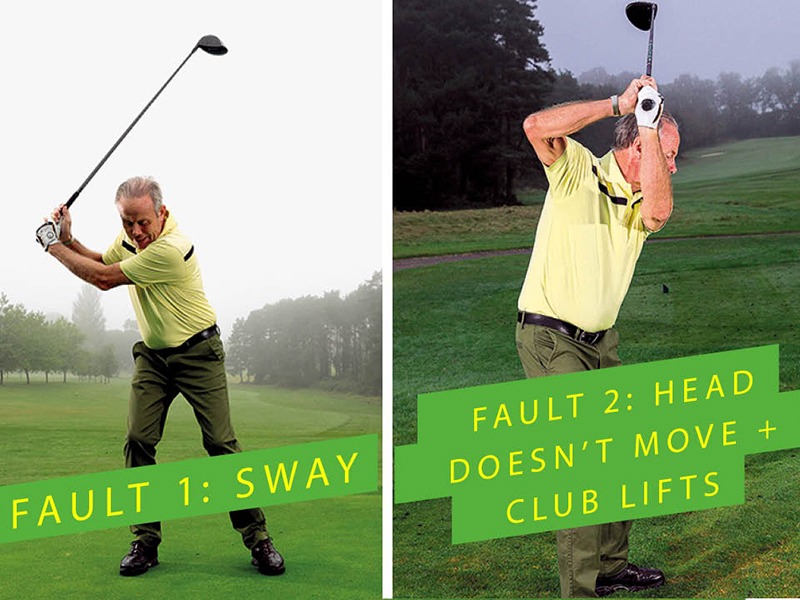
As a result, they’re in the wrong position at the top of their backswing. Once there, aware that they need to get their weight through, they’ll lurch at the ball with their legs.
Subscribe to the Golf Monthly newsletter to stay up to date with all the latest tour news, equipment news, reviews, head-to-heads and buyer’s guides from our team of experienced experts.
Step 3: Balance
Rhythm can be elusive and, in all honesty, hard to teach. It’s why I like to flip it all around and focus on balance – and this drill can work wonders. Simply put your feet together and make your normal full swing with an iron.
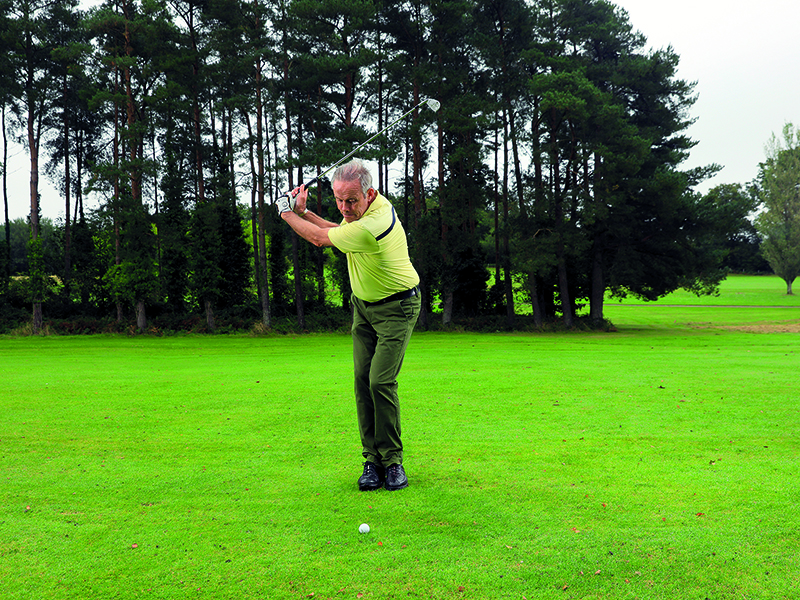
Initially, don’t worry about hitting a ball – just focus on brushing the grass and holding your finish. If you’re too fast, this drill will let you know – you’ll lose your balance. Try it a few times before repeating with your normal-width stance.
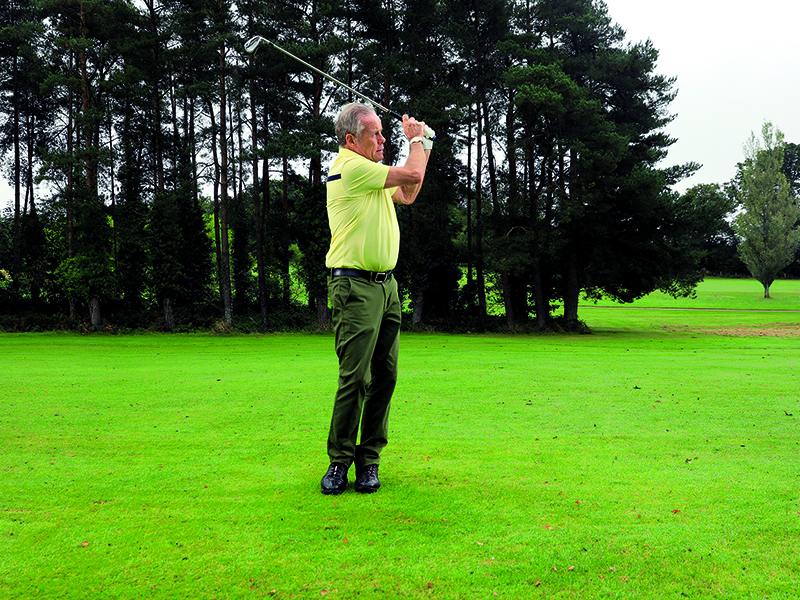
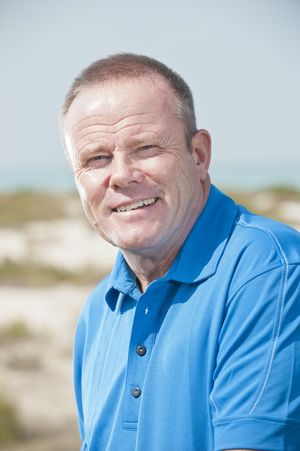
Gary began his PGA training at Trevose, where, in 1983, he became head professional. In 2005, he joined The Belfry, where he managed a team of 35 PGA professionals. He's travelled the world several times over, working extensively in Slovakia, Ghana and Israel, and from January 2022 he will be will be taking over his father's position as patron of England and Wales Blind Golf Society.
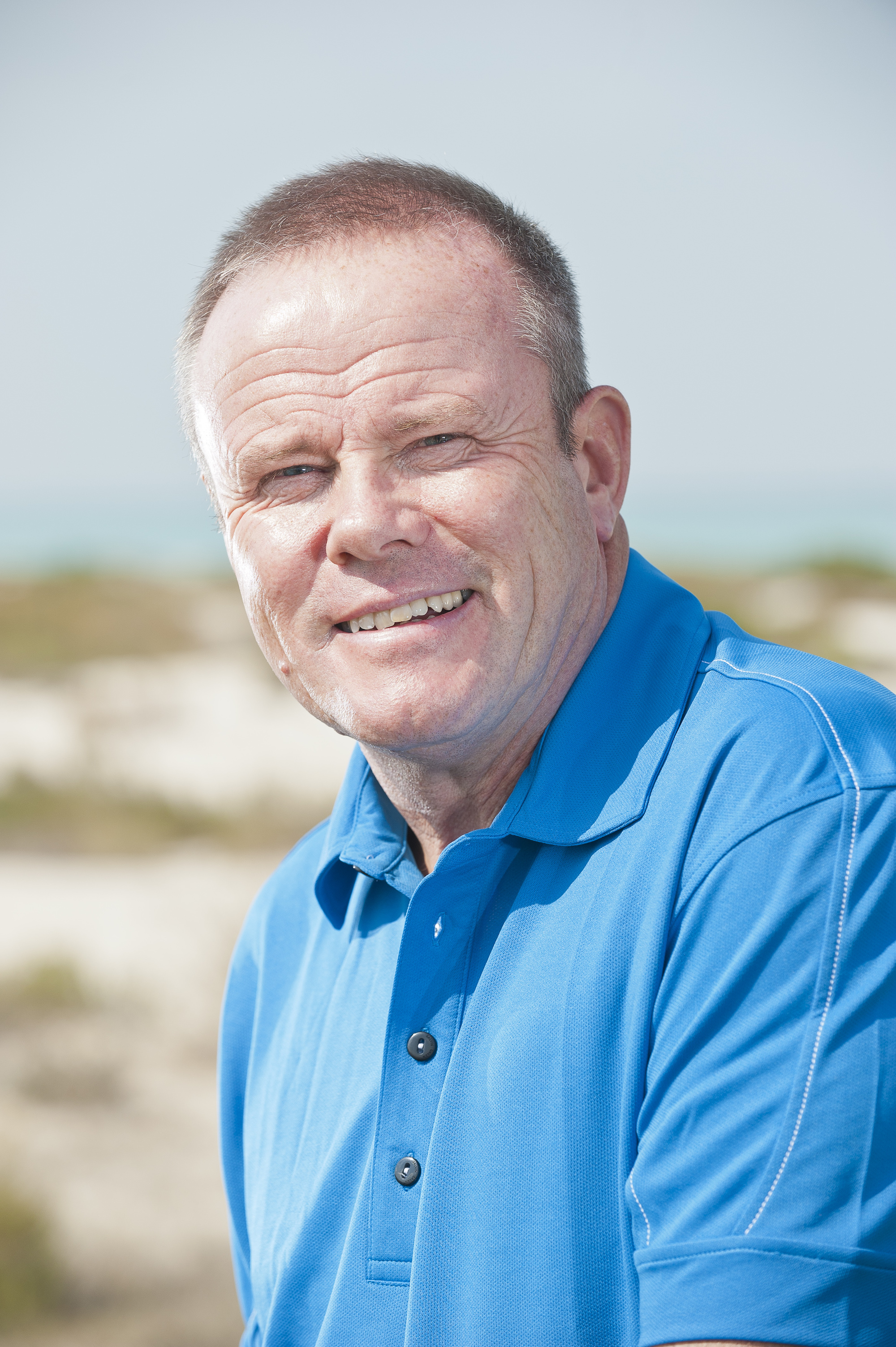
Location: Various (south coast)
Gary began his PGA training at Trevose, where, in 1983, he became head professional. In 2005, he joined The Belfry, where he managed a team of 35 PGA professionals. He's travelled the world several times over, working extensively in Slovakia, Ghana and Israel, and from January 2022 he will be will be taking over his father's position as patron of England and Wales Blind Golf Society.
Teaching philosophy:
Sound fundamentals. Aim and alignment, grip where the hands work together; good posture to promote balance; and set a sound swing plane. The game is about moving the ball forwards. The ball doesn't know who's holding the stick - all it knows and reacts to is impact. Get impact correct consistently and you can play golf quite well.
Greatest teaching influence:
My grandad, Percy. He taught me to play and a great deal of what I learned from him in the 1950s I still tell pupils today. And John Jacobs and Alex Hay, both of whom delivered the message in simple language. They were excellent demonstrators and wonderfully articulate.
Greatest success story:
A lady (Valerie Stock) came to me fearing she'd never see her husband during their retirement if she didn't learn to play. She booked two lessons per week for three months, but she just couldn't hit a ball. Suddenly she stopped coming. Four weeks later, and after practising in her garden, she rebooked - and sure enough she could play. Before we could progress, she emigrated. Three years later, Valerie walked into the golf shop and told me she was playing off 19, saying everything I told her just took a long time to process!